Look closely.
Look into the center of the Phantom Galaxy shopping mode.
Images from the world’s two most powerful space telescopes, the famous Hubble Telescope and its successor, the James Webb Space Telescope, show this beautiful spiral galaxy in more detail than ever before. The distance is 32 million light years.
The Hubble telescope, which is over 30 years old, looks at the light that we can see. The Webb telescope, which is also over 30 years old, looks at “infrared light,” which we can’t see. Together, these instruments collect a lot of information that shows us new things about the faraway universe.
The views from the Hubble and Webb telescopes are shown in the middle picture below.
What can be seen:
The bright pink areas in the red spirals are where new stars are being made.
Stars are bright blue dots.
The center of the galaxy shines with blue-green light. These are older stars that are close to the center of the galaxy.
When you look at the Webb image by itself (the top image of this story or the right-hand image in the comparison above), it’s easy to see how many stars (shown in blue) are in the center of the galaxy. The lack of gas in the Phantom Galaxy’s center makes this view very clear.
Hubble keeps taking amazing pictures of stars and galaxies far away. On the other hand, Webb, which is 1 million miles from Earth, is expected to teach us new things about the universe. Here’s how Webb will do things that have never been done before:
Giant mirror: Webb’s light-catching mirror is more than 21 feet across. That is more than 2.5 times bigger than the mirror on the Hubble Space Telescope. Because he can catch more light, Webb can see more distant and old things. The telescope will look at galaxies and stars that were formed before the Big Bang, just a few hundred million years ago.
As Jean Creighton, an astronomer and the director of the Manfred Olson Planetarium at the University of Wisconsin–Milwaukee, told Mashable last year, “We’re going to see the first stars and galaxies that ever formed.”
Webb is mostly an infrared telescope, which means it looks at light in the infrared spectrum. This lets us see a lot more of the universe than before. Infrared light has longer wavelengths than visible light, which makes it easier for the light waves to pass through cosmic clouds. The light doesn’t run into as many particles and gets scattered as often. In the end, Webb’s infrared vision can go where Hubble can’t.
“It pulls back the curtain,” Creighton said.
When looking at faraway exoplanets, the Webb telescope has special tools called spectrometers that will change the way we think about these worlds. The instruments can figure out what molecules, like water, carbon dioxide, and methane, are in the atmospheres of distant exoplanets, whether they are gas giants or smaller rocky worlds. Webb will look at planets outside of our galaxy in the Milky Way. We don’t know what we might find.
In 2021, Mercedes López-Morales, an exoplanet researcher and astrophysicist at the Center for Astrophysics-Harvard & Smithsonian, told Mashable, “We might learn things we never even thought of.”

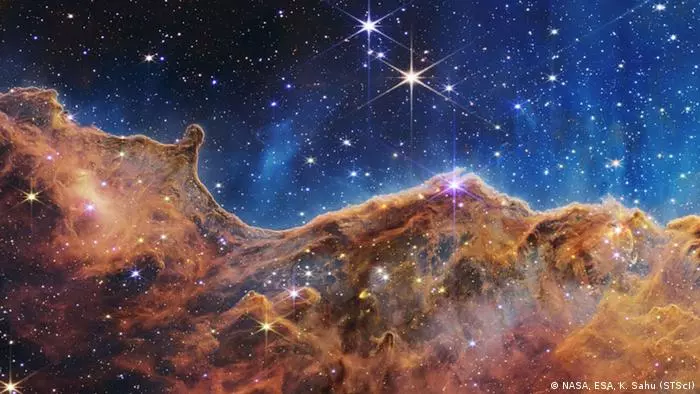
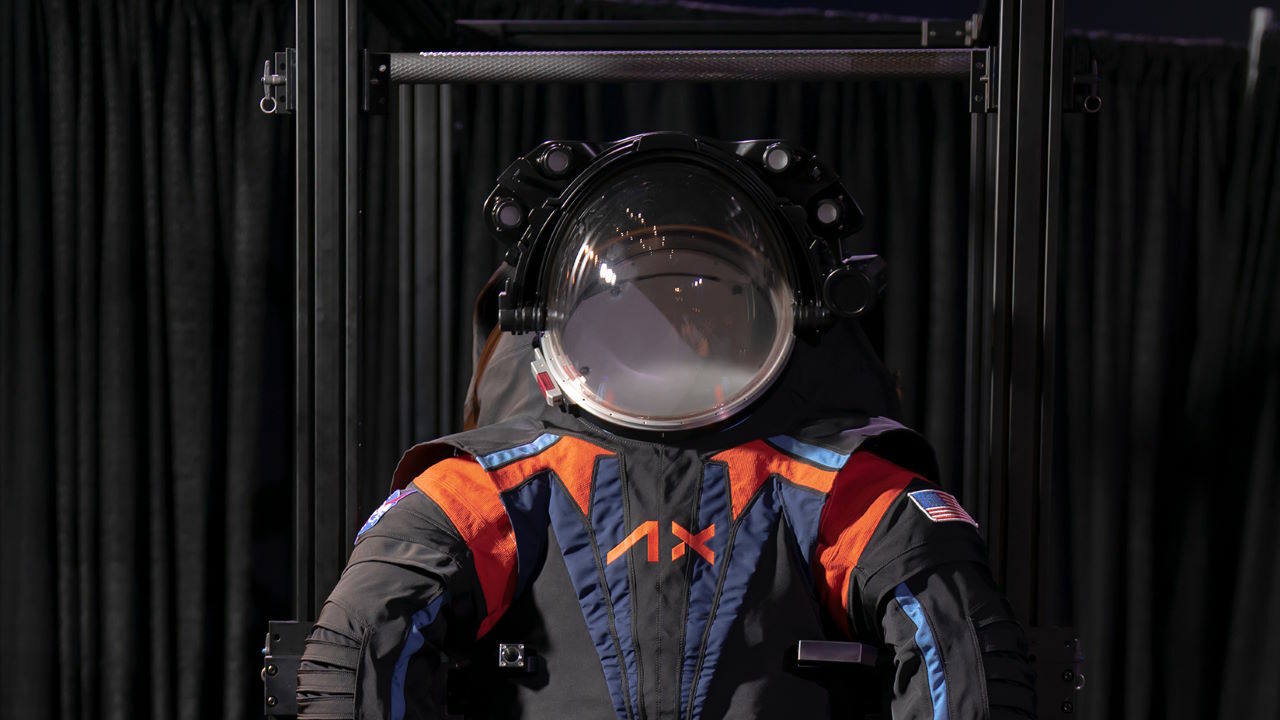
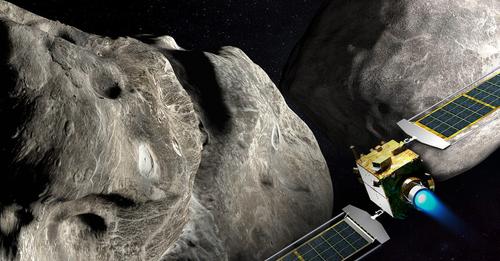
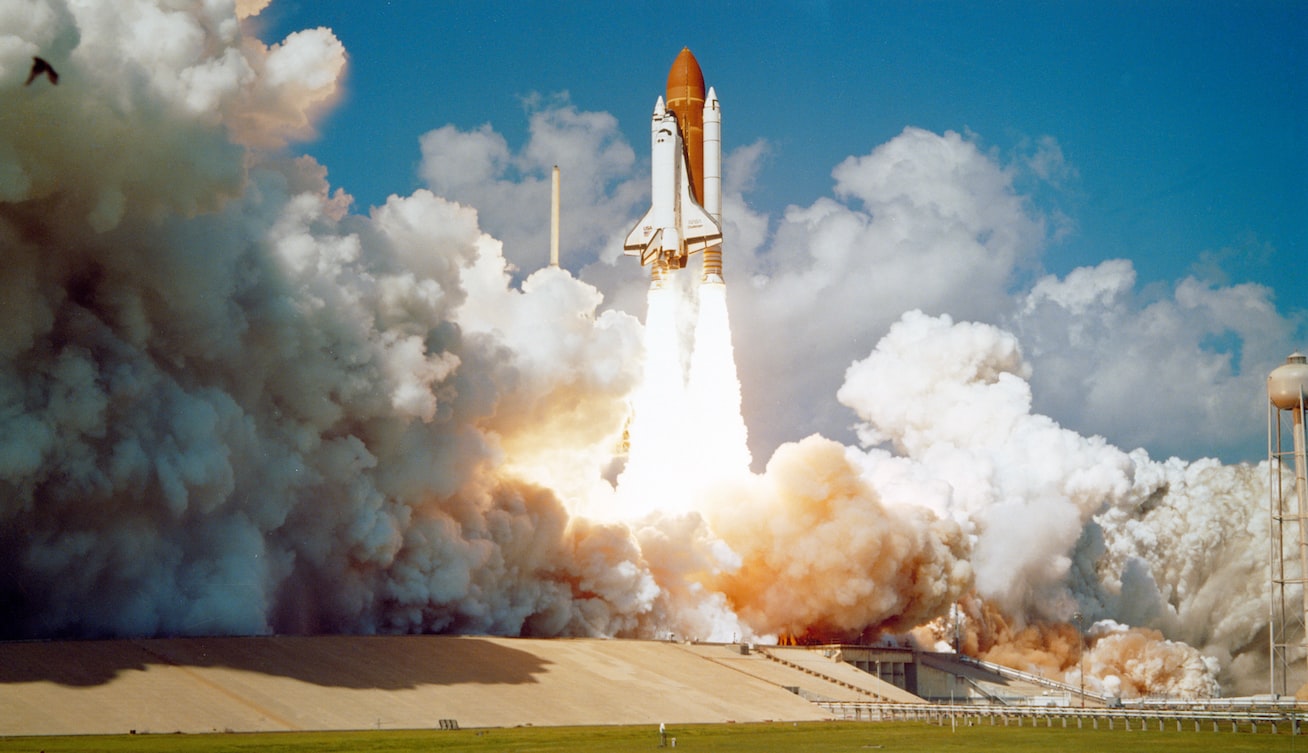
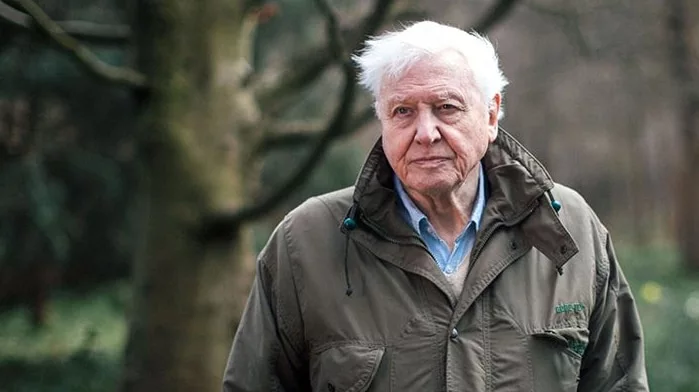
Leave a Reply